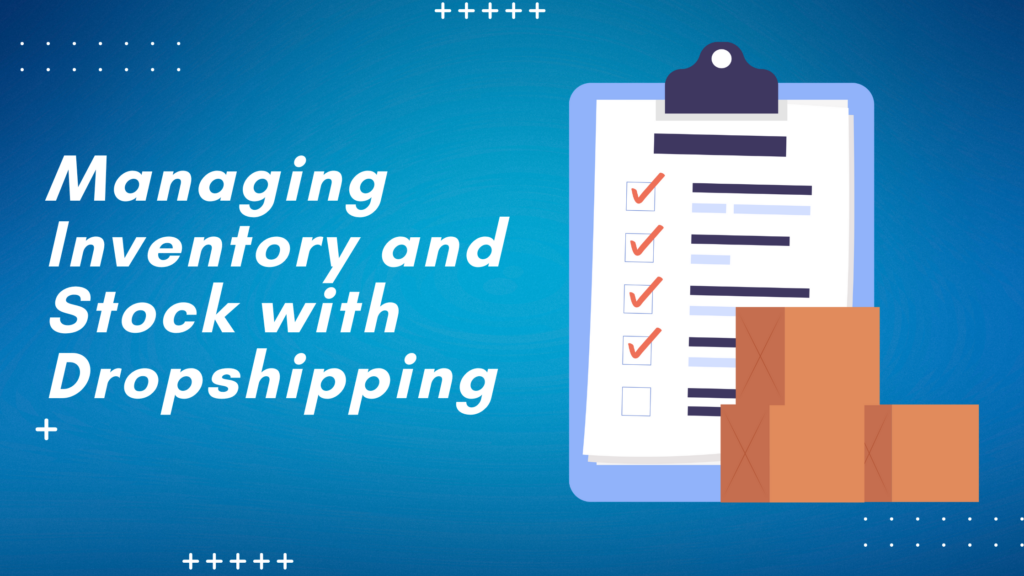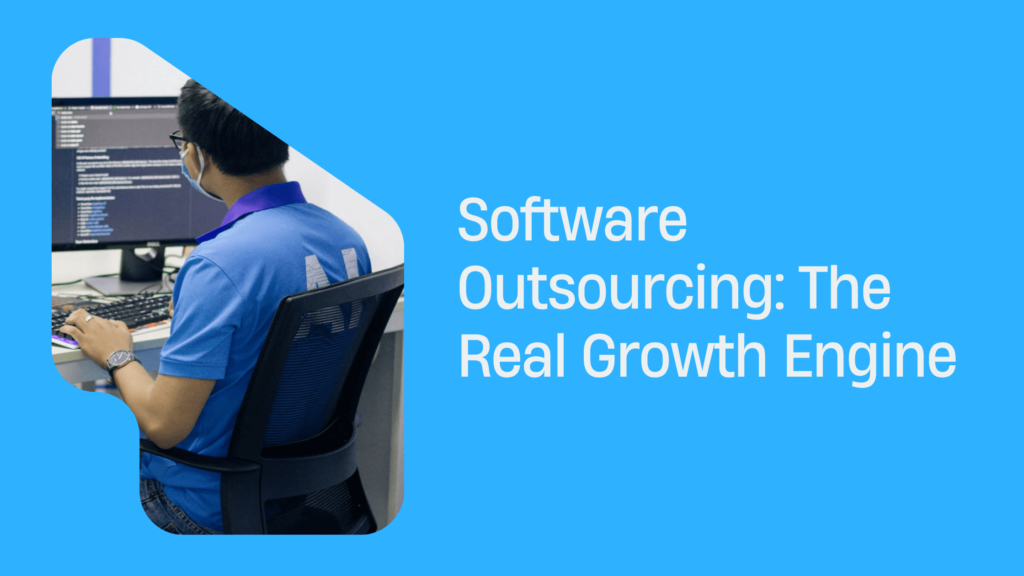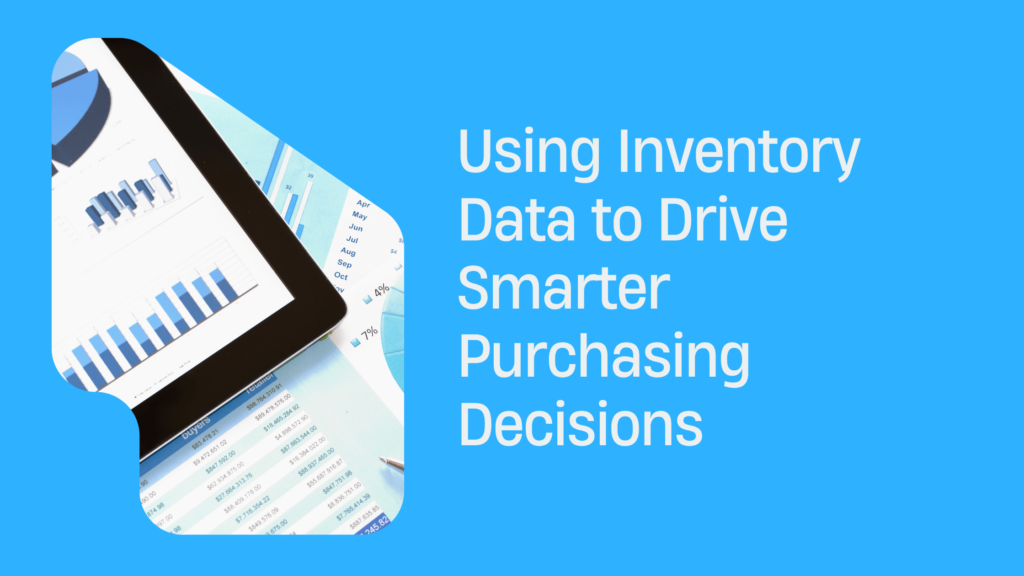Managing Inventory and Stock with Dropshipping
Dropshipping has revolutionized the world of ecommerce by eliminating the need for retailers to hold inventory. Instead, dropshippers rely on suppliers to fulfill customer orders directly. While this model offers numerous benefits, such as lower upfront costs and reduced risk, it also introduces unique challenges, particularly when it comes to inventory management. In this comprehensive guide, we will explore the best practices and strategies for efficient dropshipping inventory management. Whether you’re a seasoned dropshipper or just starting out, this guide will help you optimize your inventory processes and ensure smooth operations.
Why Inventory Management Matters in Dropshipping
Effective inventory management is crucial for dropshippers to maintain a competitive edge and deliver a seamless customer experience. Here are some key reasons why dropship inventory management matters:
Avoid Stockouts and Dissatisfied Customers
Running out of stock is a nightmare for any retailer in the dropshipping world. When customers place orders, they have certain expectations regarding product availability and delivery times. Failing to meet those due to stockouts can lead to dissatisfied customers and a tarnished reputation. By effectively managing your inventory, you can ensure that you always have the necessary stock levels to fulfill customer orders.
Stay Ahead of Changing Supplier Inventory
As a dropshipper, you rely on your suppliers for accurate and up-to-date inventory information. Suppliers may serve multiple customers resulting in fluctuating inventory levels. By actively managing your inventory and staying in sync, you can react quickly to any changes in stock availability. This minimizes the risk of selling out of stock products and helps you maintain a reliable image with your customers.
Adapt to Market Trends and Product Changes
With everyday ecommerce shifts, suppliers may introduce new products, discontinue existing ones, or modify their offerings. Staying on top of these changes is crucial for dropshippers to remain competitive. Effective inventory management enables you to track product changes, anticipate market trends, and adjust your inventory accordingly. This agility allows you to respond to customer demands proactively and offer the latest and most sought-after products in your niche.
Best Practices for Dropship Inventory Management
Now that we understand the importance of dropship inventory management, let’s delve into some best practices that can help you streamline your operations and achieve optimal results.
Establish Strong Relationships with Suppliers
Building strong relationships with your suppliers is essential for successful dropship inventory management. Establishing a personal connection with your suppliers can also help you negotiate better terms, such as lower minimum order quantities or credit terms. By working closely with your suppliers, you can align your inventory management processes and improve overall efficiency.
 Sync up with Your Suppliers’ Inventory Data
Sync up with Your Suppliers’ Inventory Data
When requesting a product data feed, ensure that it includes essential information such as SKUs, quantities, costs, titles, descriptions, images, and categories. Clarify how frequently the data is updated and the preferred method of receiving updates. Aligning your update frequency with your suppliers’ ensures that you have the most up-to-date information at all times.
Set Inventory Minimums to Avoid Stockouts
To prevent stockouts, establish inventory minimums with your suppliers that act as triggers that automatically mark an item as out of stock on your website when your supplier’s inventory falls below a certain threshold. The specific minimums will vary depending on your supplier and the products you sell. For marketplaces like Amazon, it’s crucial to set higher minimums to avoid penalties for out-of-stock items.
Prepare for Unexpected Demand Surges
Regularly analyze market trends, growth rates, economic performance, and marketing costs to anticipate potential spikes in demand. Consider partnering with an automation tool like Spark Shipping, which can help you automatically source products from multiple suppliers based on real-time inventory availability.
Automate Your Inventory Management Processes
Manual inventory management can be time-consuming, prone to errors, and difficult to scale. Embracing automation can significantly streamline your dropship inventory management processes. Here are some automation options to consider:
- API Integration: If your supplier offers an API, you can automate the syncing of inventory data between your ecommerce platform and their order management system. This requires developer expertise and ongoing maintenance to ensure the integration remains functional.
- Automation Tools: Automation tools specifically designed for dropshipping, provide comprehensive solutions for inventory management. These tools automate product data feeds, inventory syncing, and order fulfillment, saving you time and reducing the risk of errors.
By automating your inventory management processes, you can focus on growing your business and delivering an exceptional customer experience.
Leverage Inventory Tracking Tools
As your dropshipping business grows, managing inventory manually becomes increasingly challenging. Investing in inventory tracking tools can help you streamline your operations and gain valuable insights into your stock levels. These tools allow you to monitor inventory across multiple suppliers, track sales performance, set alerts for low stock levels, and generate detailed reports.
Implement a Robust Order Management System
Efficient dropship inventory management relies on a robust order management system that integrates seamlessly with your suppliers. An order management system acts as a central hub, consolidating data from various sources and automating order processing. It enables you to track orders, manage inventory levels, and communicate with suppliers efficiently. When selecting an order management system, consider factors such as scalability, compatibility with your ecommerce platform, and ease of integration with your suppliers’ systems.
Continuously Monitor and Analyze Sales Data
Monitoring and analyzing sales data can provide valuable insights into your inventory management processes. By tracking key metrics such as sales velocity, lead time, and customer demand patterns, you can identify trends and make data-driven decisions. For example, if certain products consistently sell out quickly, you may consider increasing your stock levels or exploring alternative suppliers. Regularly reviewing sales data allows you to optimize your inventory levels, identify growth opportunities, and proactively respond to market dynamics.
Establish Contingency Plans for Supplier Issues
While you may strive for seamless collaboration with your suppliers, unforeseen issues can arise. Supplier disruptions, delayed shipments, or changes in availability can impact your inventory management. It’s essential to establish contingency plans to mitigate such risks. Maintaining relationships with backup suppliers or exploring alternative sourcing options can help you navigate supply chain disruptions. By having contingency plans in place, you can minimize the impact on your inventory and ensure continuity in fulfilling customer orders.
Regularly Review and Update Your Inventory Strategy
Dropshipping is a dynamic industry, and your inventory strategy should evolve along with market trends and customer demands. Regularly review and update your inventory strategy to stay competitive and meet changing customer expectations. Analyze customer feedback, monitor market trends, and conduct competitor research to identify areas for improvement. By staying proactive and continuously refining your inventory strategy, you can stay ahead of the curve and deliver an exceptional customer experience.
Conclusion
Efficient dropship inventory management is crucial for maintaining a competitive edge and delivering a seamless customer experience. Remember, dropshipping inventory management is not a one-time task; it requires ongoing attention and adjustments. By implementing best practices such as establishing strong supplier relationships, automating processes, and leveraging inventory tracking tools, you can optimize your inventory management and achieve optimal results.
Continuously monitor market trends, stay agile, and adapt your inventory strategy to meet changing customer demands. With the right approach and a robust inventory management system in place, you can navigate the complexities of dropshipping and build a successful and sustainable online business.





